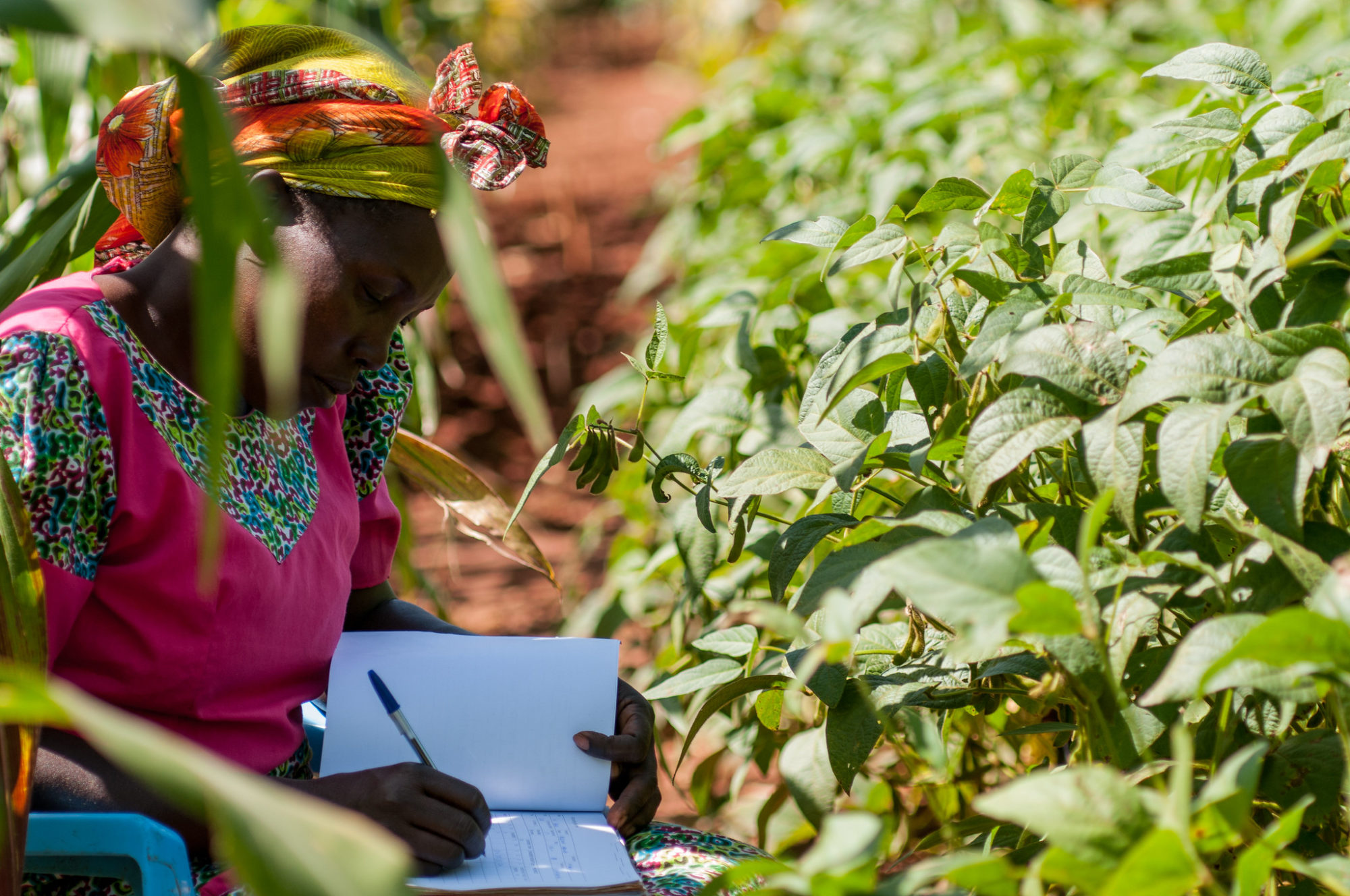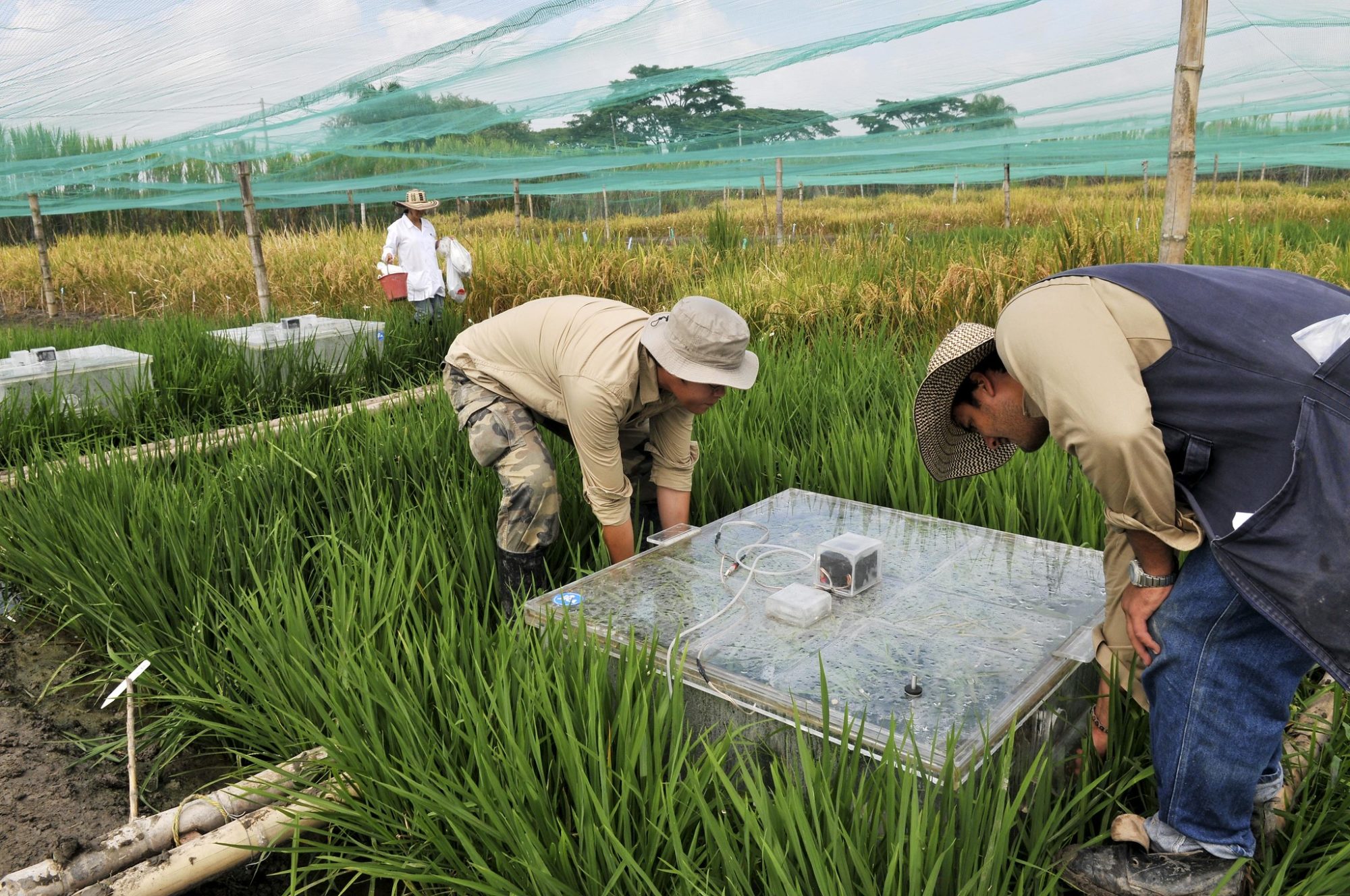Land Use & Agriculture
Around 23% of global greenhouse gas emissions can be attributed to Agriculture, Forestry and Other Land Uses (AFOLU), making this sector a key player in achieving global net zero emissions while protecting our food supply and other land resources. The mix of climate pollutants produced from agriculture (including CO2, methane, and nitrous oxide) along with natural carbon sinks in some environments also present unique challenges and opportunities for net zero agriculture.
Net Zero AGRICULTURE
The requirement for ‘net-zero emissions’ to stop ever-increasing global warming is specifically for CO2 – basically because each CO2 emission has such a long-lasting impact on the climate. For other, shorter-lived gases, there is not such an absolute requirement: it would be possible to have temperature stabilisation with ongoing emissions.
We still have to limit emissions of non- CO2 gases, but not necessarily to net zero. This is particularly prominent for agriculture, because unlike energy generation, agricultural emissions are dominated by nitrous oxide (atmospheric lifetime about a century) and methane (atmospheric lifetime about a decade). This difference is a particular concern for methane, because it is so much shorter-lived. There are different views on what exactly agriculture has to do to be ‘net zero’.
Once the path to net-zero CO2 emissions is established, only a small reduction in methane from current levels (about 0.3%per year) could lead to global temperature stabilization (i.e. an equivalent temperature outcome to net-zero CO2).
With the way that methane is currently being measured in many international accounting frameworks (using GWP100), there are indications that reductions could actually result in a cooling effect. This is due to discrepancies in reflecting methane’s short-lived nature and limited long-term impacts on the global climate system.
“Farming and wider land use will be crucial in achieving a net zero economy. It will be almost impossible to get to net zero unless land use overall absorbs more greenhouse gases than it produces.” -Energy and Climate Intelligence Unit (ECIU)
Progress Towards Net Zero
- Though some farmers and farming collectives have taken the initiative on net zero agriculture, the agriculture sector overall still has a significant amount of work to do to balance their emissions.
- In the US, Farmers & Ranchers for a Green New Deal has mobilised over 600 farmers and ranchers towards lobbying Congress for better food and farming policy, including dramatically reducing farming emissions.
case studies
What Have Other Farmers Done?
Farming for a Better Climate
This is 13 examples of Scottish farms taking action towards net zero collected by Farming for a Better Climate focusing of five principles…
Doing our bit for net zero
NATIONAL FARMERS UNION CYMRU
This is a collection of 26 case studies of Welsh collected by National Farmers Union Cymru. Each story falls under one of three pillars…
Organic Rice Production
Japanese Journal of Farm Work Research
This academic study evaluates several differences between organic and conventional rice farming in West Java, Indonesia. Published…
Key Challenges
Net zero farming must address the potent mix of greenhouse gases emitted from the sector: CO2 from energy use and machinery as well as energy-intensive artificial fertilser production, nitrous oxide from fertilizers, manure and rice production, and methane from ruminants and rice production. Switching to green energy and bolstering carbon capture systems offer a pathway for reducing carbon emissions.
The agriculture sector must also transform its land use practices, limiting the destructive deforestation that threatens biodiversity and damages the carbon storage potential of our forests.



Image of woman testing soil health in Western Kenya. Credit: ©2016CIAT/GeorginaSmith
Net Zero Innovations for Land-Use and Agriculture
Reduce emissions and boost productivity
Increasing farm efficiency allows farmers to use less energy and resources while still producing a high enough yield. While every farm will likely have different methods for boosting productivity, improving animal health and breeding, using precision farming for crops, and incorporating various energy efficiency measures.
To tackle methane emissions, further, farms can utilize low-methane feed additives, such as 3NOP, nitrates, probiotics, high dietary fat sources and seaweed derivatives. For nitrous oxide, reducing the amount of nitrous oxide fertilisers used and introducing substitutions can reduce these non-carbon emissions. Both nitrous oxide and methane emissions can be reduced through better manure management.
Protect and increase farmland/ forest carbon capture potential
Unlike many sectors, the agriculture industry has the capacity to not just reduce their emissions, but offset ongoing emissions through existing carbon storage mechanisms in farmlands and forests. Proforestation, the protection of existing forests with high carbon-capture potential, and afforestation, the planting of more trees to increase natural greenhouse gas removal processes, are two strategies for sustainable land use in a low-carbon future. “No-till” agriculture can also prevent the release of CO2 during planting, as the soil isn’t as disturbed.
Agroforestry practices can reduce or remove significant amounts of GHGs through increased carbon storage in biomass above-ground and below-ground and in soil organic carbon (IPCC, 2019). Integrating agroforestry into cropping and livestock keeping systems can enhance carbon sequestration by significant amounts.
Silvopasture systems which combine trees, livestock (ruminants like cattle, sheep and goats) and grazing can also sequester carbon through biomass and soil.
Implement low carbon farming techniques
Building on-site renewable energy allows farms to both reduce their reliance on heavy-emitting fuels and promote their own energy independence. Bioenergy crops, in which energy is produced from crops rather than fossil fuels, also offer an energy alternative for farms to use on-site or to sell to third parties, although also create competition for land use. Government subsidies for green energy projects can help kickstart the transformation of the agriculture industry towards a low carbon future, however the unintended consequences need to be carefully thought out.
Cut food waste
Food waste doesn’t just waste our money and resources— as it sits and decomposes in landfills, it generates a significant amount of CO2 and methane. In addition to this, GHG emissions that are emitted during the growing, processing, transport and retail stages of production must also be taken into account. Reducing food waste limits these unnecessary emissions and can allow land to be used for non-food production purposes, such as reforestation or conservation. Transforming our food systems to be more mindful of where food ends up also offers an opportunity to tackle food scarcity and ensure that the distribution of food is more equitable.
Changing diets and food security
Achieving net zero agriculture requires action on both the supply and demand side of food production. Promoting environmentally-conscious food products and reducing demand for emissions-intensive foods (such as meat and dairy from ruminants like cows) can also bring about net zero agriculture quickly. While industries must take bold action on addressing the environmental impacts of agriculture, consumers can also play a role in demanding better products.
Net Zero Policy for Land Use and Agriculture
The agriculture industry has many steps that can be taken that will help it transition into net zero, but due to the fragmented nature of the industry policies will have to be made to incentive farmers to do this. Current policies are not enough, requiring key developments in regulation, financial incentives, and enabling policies as well as a strong monitoring, reporting, and verification framework. These policies will have to be developed on a country by country basis, as different climates require different solutions to achieve this goal.
An example of a comprehensive policy document for net zero agriculture was laid out in the Committee on Climate Change’s 2020 land use report. Here they laid out four key areas policy needs to change for the UK:
Low-carbon farming practices
Through adopting existing environmental stewardship rules, new legislation to capture additional sources of emissions and use of public money to incentivise the adoption of practices that go beyond the new regulatory baseline.
Forestry and agro-forestry
They state the key mechanism should be a carbon trading scheme or auctioned contracts to attract private sector investment, funded through a levy on greenhouse gas-emitting industries. These schemes must explicitly avoid double counting of credits. The Woodland Carbon Code already exists to monitor, report and verify carbon savings.
Alongside this, public funding should be used to encourage the non-carbon benefits of afforestation. Public funding may also be needed for planting trees on farms where it would not occur through the main mechanism above.
Peatland restoration
Ban damaging practices such as rotational burning and peat extraction, which should be accompanied by a ban on the sale of peat for horticultural use. Mandate water companies to restore upland peat that is under their ownership, and owners of peatland within a Site of Special Scientific Interest. Pending on-going work by Defra, internal drainage boards should be required to maintain optimal water table levels that can reduce emissions on lowland peat, while allowing agricultural production to continue.
Publicly fund restoration and sustainable management practices on lowland peat. The carbon benefits could eventually be paid for by the private sector following on-going development of the carbon verification mechanism, the Peatland Code.
Bioenergy crops
Use existing demand-side instruments to develop and strengthen the market for energy crops. There is a role for policy to provide greater certainty through carbon pricing, for example, underpinned by a guarantee of long-term supply contracts.
Place an obligation on biomass combustion facilities to source a fixed proportion of their biomass feedstock from the UK. That proportion should rise over time in line with a realistic scale up of sustainable UK supply.
Fast growing energy crops can provide a rapid and therefore important source of biomass feedstock for fuel use. During this decade, Government policies should assist a transition towards use of biomass (including energy crops) as a fuel with Carbon, Capture and Storage (CCS), and away from use for heating buildings and generating power without CCS.



Image of methane-testing in rice field in Colombia. Photo Credit: CIAT researchers measure greenhouse gas emissions from rice paddies, Neil Palmer/CIAT
Why Net Zero Farming?
Beyond reducing emissions from a major sector, there are a number of benefits that farmers and society can reap from net zero agriculture.
- Increasing farm productivity saves farmers energy, resources, and money in the long term.
- Implementing climate adaptation plans now can boost farm resiliency and prepare farmers for changing weather patterns.
- Organization of net zero farming via farmers unions ensures that workers’ interests are incorporated into net zero agricultural policy.
- Net zero farms will allow other sectors that rely on these food sources (restaurants, grocery stores, etc.) to also achieve net zero emissions.